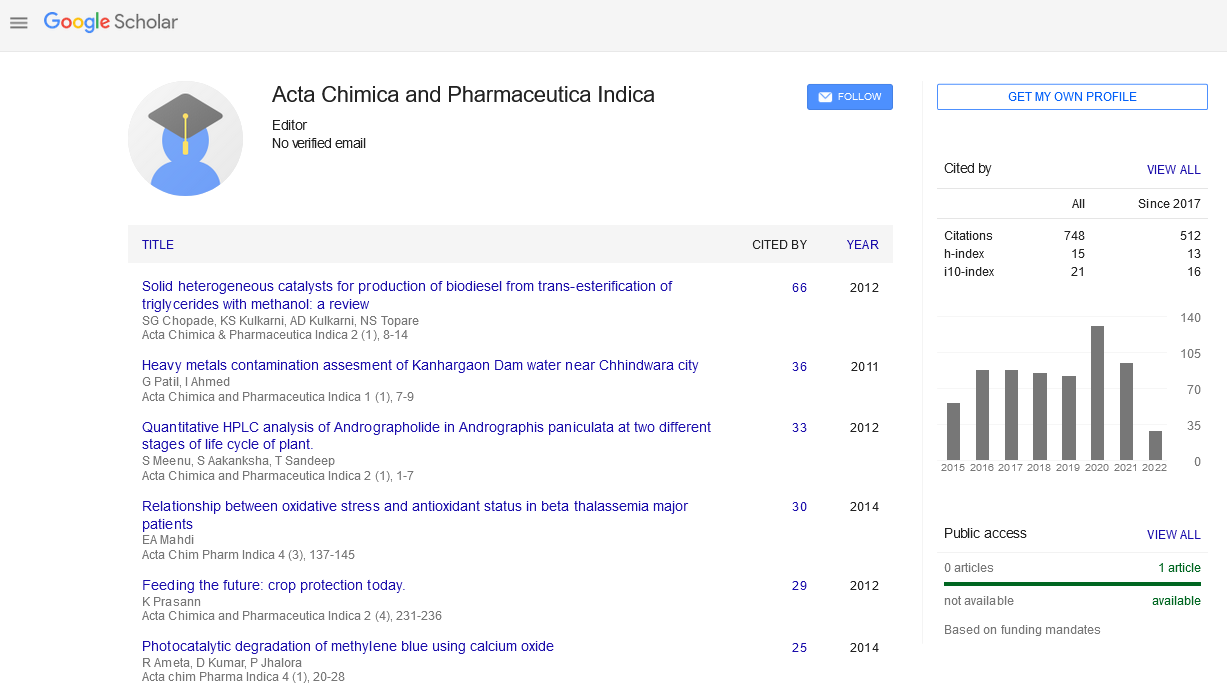Abstract
New Approach in Ocular Involvement of Chronic Treatment with Amiodarone
Author(s): Teodoru Cosmin Adrian* and Teodoru MinodoraSignificance: The results of the study will reveal the main risks of ocular alterations in patients treated with Amiodarone, regarding visual acuity, contrast sensitivity, keratometry, visual field, ocular pressure, Schirmer Test, tear break up time (TBUT), OSDI test (Dry Eye Ocular Surface Disease Index). Purpose: The paper intends to reveal the influence of chronic treatment with Amiodarone especially on the anterior segment of the eye, revealing functional and structural alterations.
Method: The study was a prospective one based on 110 patients with chronic Amiodarone treatment. Studied parameters were: visual acuity, contrast sensitivity, keratometry, visual field, ocular pressure, Schirmer Test, tear break up time (TBUT), OSDI test (Dry Eye Ocular Surface Disease Index). Three groups were considered: 1 (26 patients with initial treatment with Amiodarone), 2 (84 patients on Amiodarone therapy for more than 1 year), 3 (control group – 40 healthy individuals). Results: 100% of the patients presented cornea verticillata after one year of treatment. There was a statistically significant correlation between the Amiodarone treatment and dry eye disease in the studied patients. Corneal modifications occur during the first year and remain constant the following years.
Conclusions: There was a statistically significant relation between the treatment with Amiodarone and the onset of corneal deposits. There were no alterations of the visual acuity after one year of treatment. There were no significant influences on the visual field, contrast sensitivity, corneal keratometry. There was a statistically significant correlation between the Amiodarone treatment and the TBUT. The OSDI scores showed statistically significant correlations between Amiodarone and dry eye disease.

